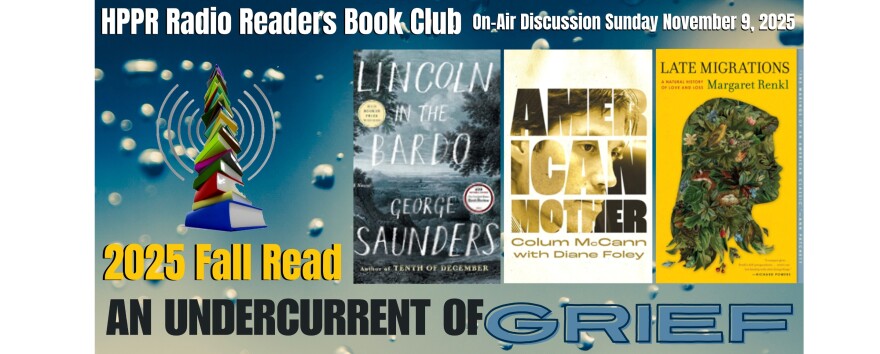I’m Alex Hunt, Professor of English at West Texas A&M University in Canyon for the HPPR Radio Readers Book Club 2022 Fall Read.
It’s my pleasure to be discussing Annie Proulx’s That Old Ace in the Hole, published in 2002. Proulx is best known for her novel The Shipping News, which won both the Pulitzer and the National Book Award, and her short story “Brokeback Mountain,” which caused quite a stir when Heath Ledger and Jake Gyllenhaal starred in the film version.
If you read the acknowledgments that precede the text of That Old Ace in the Hole, you might recognize a name you know from the Texas or Oklahoma panhandle, from towns like Lipscomb, Nazareth, Higgins, and Goodwell—places where Proulx spent time researching the novel, which is overflowing with regional references, geographical detail, and historical narratives.
This regional detail includes a great deal of environmental information as well, expressing concerns like Ogallala groundwater depletion, chemical pollutants and contamination, and cancer clusters. Not the least is Proulx’s critique of the massive hog farm operations and their impact on the environment and quality of life in the region.
When Bob Dollar rolls down a window to get a sniff of the business that has employed him as site scout, Proulx writes, “the wind had shifted and carried a full load of hog farm flavor, a huge fetid stink like ten thousand rotten socks, like decaying flesh, like stale urine and swamp gas, like sour vomit and liquefied manure, a ghastly palpable stench that made him retch.”
This vivid description of the corporate hog farm represents an extreme poll of the panhandle region’s fate as a place that can only look forward to exploitation by economic forces that take much and give little back.
n the other extreme, Proulx offers the possibility of a different future. Bob Dollar’s efforts to purchase land for hog farms are continually frustrated as he understands that much of the land is owned or controlled by an old wind miller named Ace Crouch, the Ace of the title, the Ace in the Hole.
Crouch opposes the hog farms and, conveniently and unbeknownst to the people of the region, has a huge wealth based on oil and gas holdings. This wealth, it seems, will offer the region a different path. Crouch, with help of a monk known as Brother Mesquite.
Not to spoil the ending, but Bob Dollar finds that he has a job offer to help Crouch and Mesquite sell homesites in an eco-development called “Prairie Restoration Homesites.” Settlers would sign a covenant agreeing to assist in bringing back buffalo, prairie chickens, black-footed ferrets, and even large predators.
Bob Dollar, torn, feels skeptical that the plan can work, but he finds Ace Crouch’s vision compelling. Proulx wonders, “What would become of the panhandles, a region like a rug jerked back and forth, marked and trodden, spilled on, worn and discolored? Would everyone move to the edges and leave a huge center milling with bison? Would the buffalo be able to paw their way to water when the Ogallala was piped down to San Antonio?”
It does not seem likely that Proulx will provide us with a sequel, but we as residents of the region may already be writing the next chapter.
I’m Alex Hunt, Professor of English at West Texas A&M University in Canyon for the HPPR Radio Readers Book Club 2022 Fall Read. Thanks for listening.









